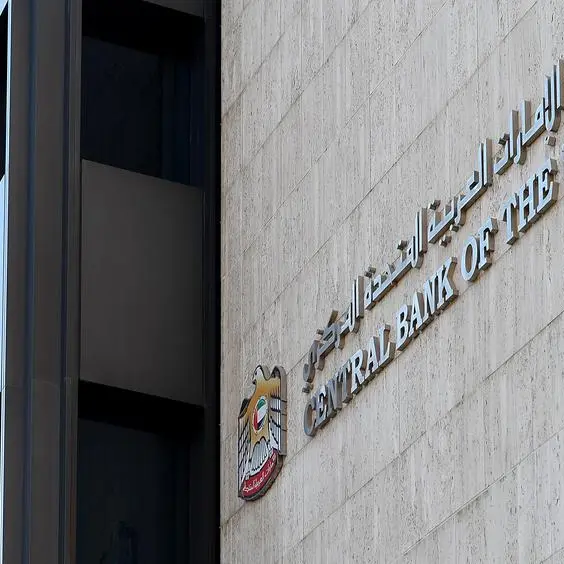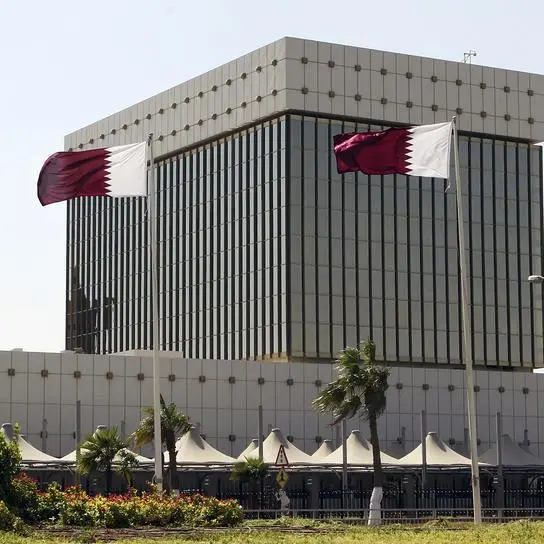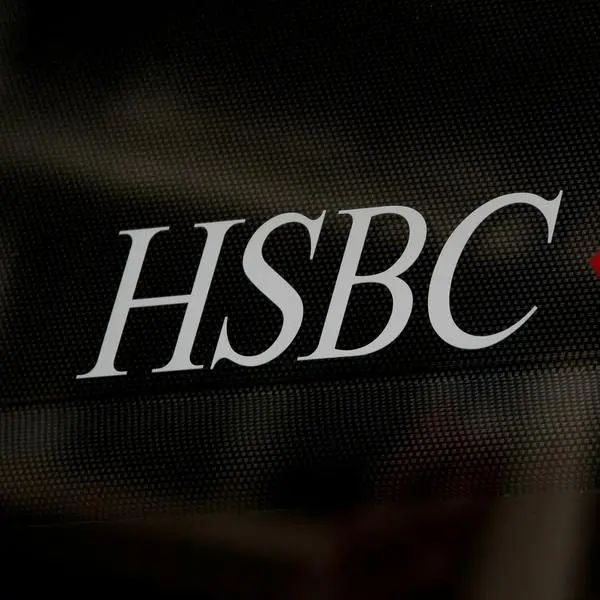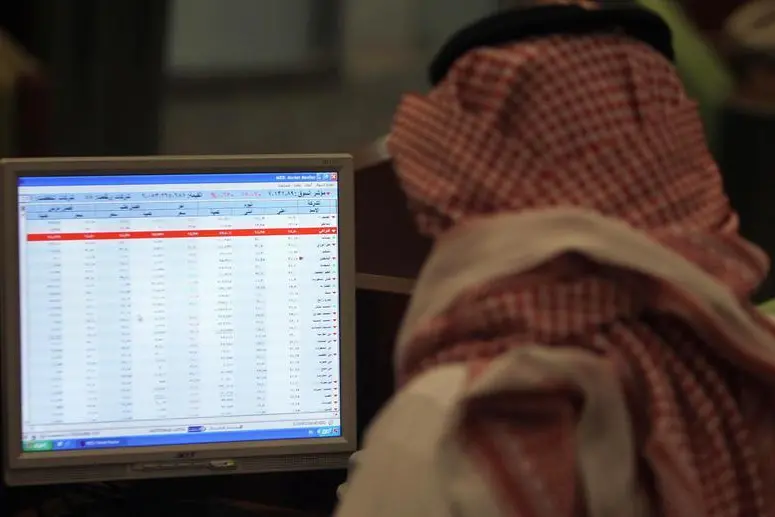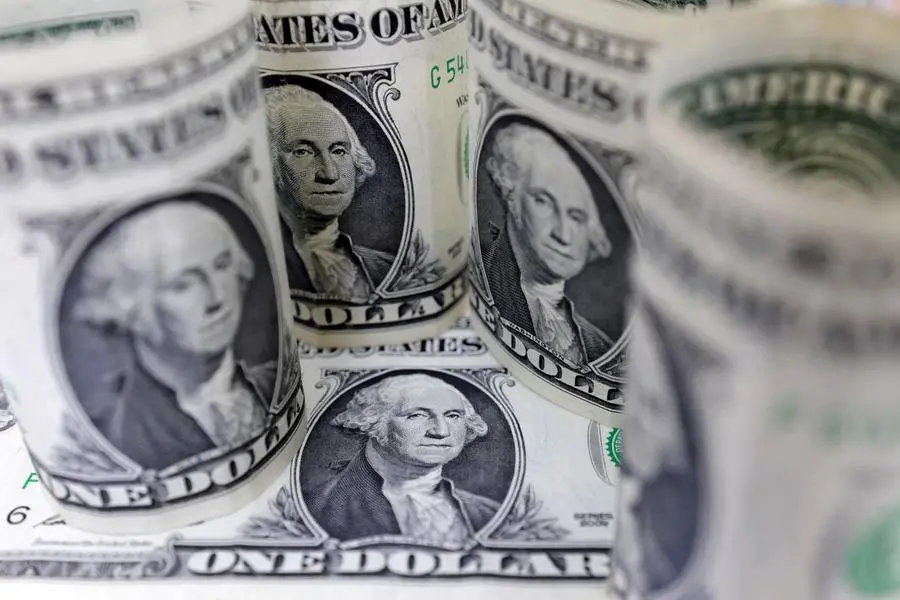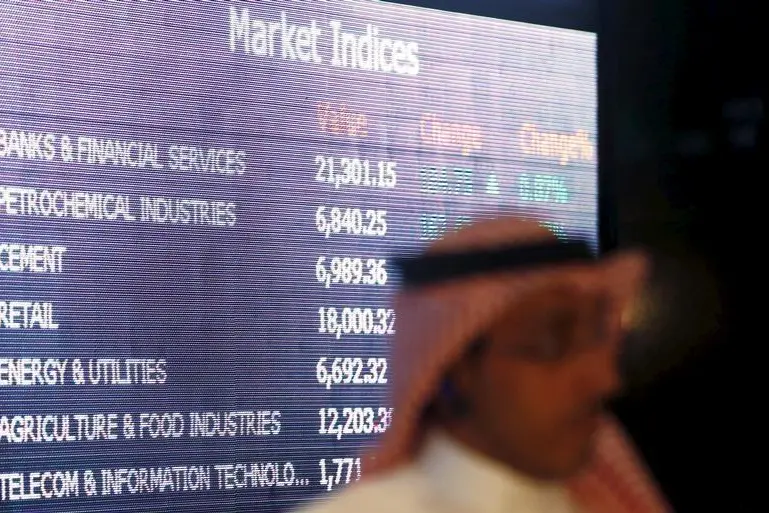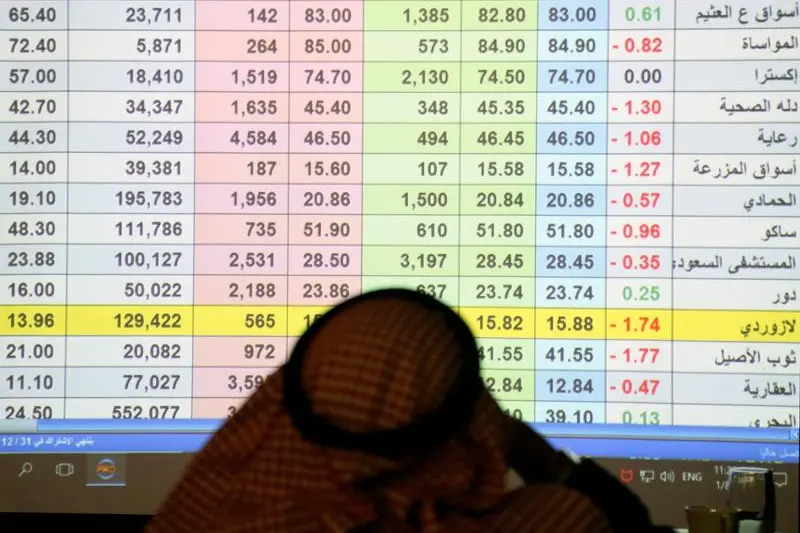PHOTO
View of Kuwait Central Bank building from across the fish market marina where old fishing boats are standing, Kuwait City - June 17, 2016. Getty Images
KUWAIT CITY: According to the weekly report from Al-Shall Center, the US Federal Reserve reduced the benchmark interest rate by a quarter of a percentage point on November 7, bringing it to a range between 4.50 percent and 4.75 percent. This move was in line with most market expectations and was driven by the continued decline in inflation rates. The report highlights that the Fed has largely achieved its goal of controlling inflation, which is now on a downward trajectory toward the target of 2.0 percent.
Additionally, there are indications of a weaker labor market, though the unemployment rate remains low. Despite the tight monetary policies, the US economy has shown resilience, with forecasts suggesting a potential growth of 2.8 percent in 2024 and 2.2 percent in 2025. These growth expectations outpace those of the Eurozone and its G7 partners (excluding Canada), with the International Monetary Fund (IMF) projecting a 2.4 percent growth rate for the Eurozone in 2025. The report emphasizes that the likelihood of a “soft landing” for the US economy is higher than ever, but it also cautions that the Federal Reserve remains vigilant, monitoring variables to maintain a balance between controlling inflation, sustaining a strong labor market, and supporting economic growth. A major uncertainty mentioned is the potential impact of a trade war, should President Trump’s reelection lead to the implementation of protectionist policies. With the US and China representing roughly 43.1 percent of the global economy, such a development could have significant implications for global trade.
Al-Shall also noted that the US Federal Reserve’s rate cuts are positive for the Gulf countries, which had previously raised their interest rates to align with the US to protect their currencies, as their exchange rates are pegged to the dollar. As a result, the Gulf countries reduced their interest rates for the second time this year by a quarter of a percentage point, except for Qatar, which opted for a 0.30 percent reduction. These cuts are expected to ease financing burdens and support economic activity. However, Kuwait remains an outlier in this scenario because when the US Federal Reserve cut interest rates by 0.50 percent on September 18, the Central Bank of Kuwait followed by reducing the dinar’s discount rate by 0.25 percent.
However, when the Fed made another 0.25 percent reduction on November 7, the Central Bank of Kuwait chose not to follow suit, keeping its discount rate at 4.0 percent. Al-Shall considers both decisions to be valid, noting that they have effectively narrowed the interest rate margin between the US dollar and the Kuwaiti dinar from 1.00 percent-1.25 percent before September 18, to 0.50 percent-0.75 percent now. This, in turn, strengthens the Kuwaiti dinar’s peg and currency stability. The report suggests that while the other GCC countries have taken steps to align their rates with the US to support their economies, Kuwait’s more cautious approach helps maintain the strength and stability of its own currency.
Arab Times | © Copyright 2024, All Rights Reserved Provided by SyndiGate Media Inc. (Syndigate.info).





